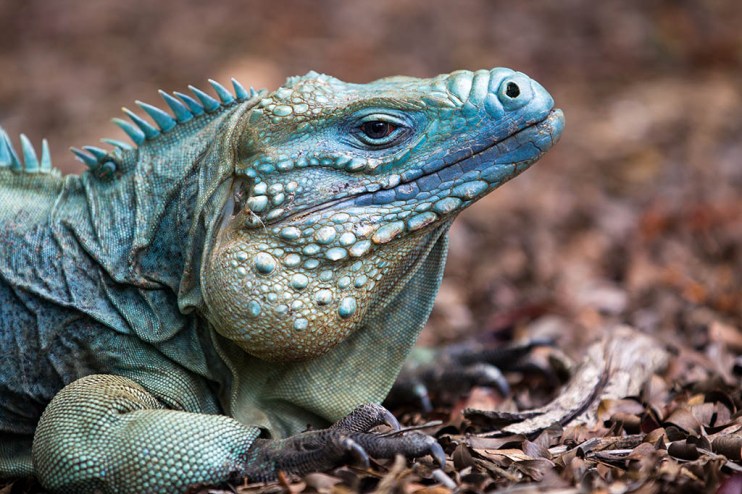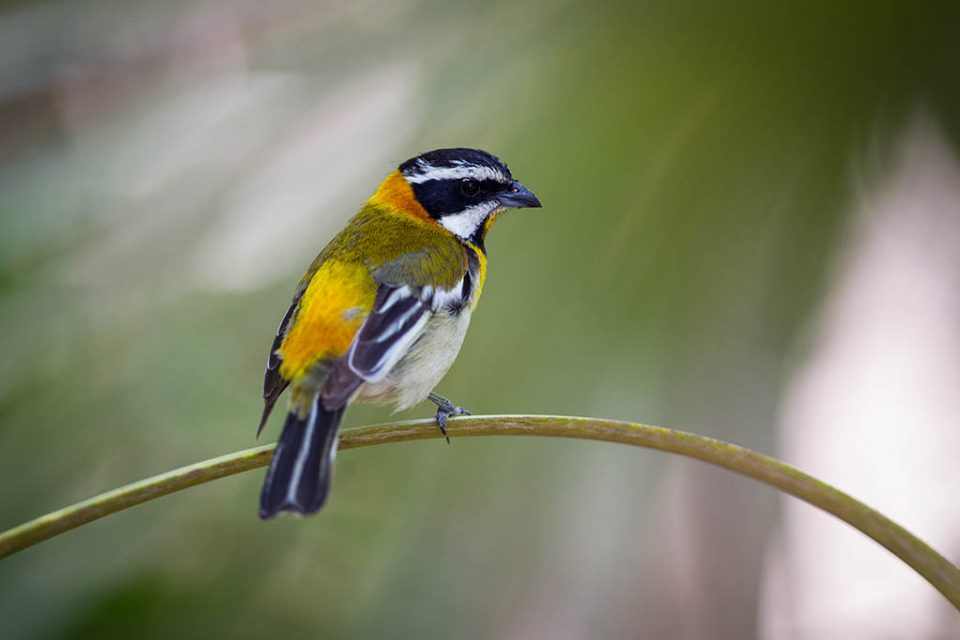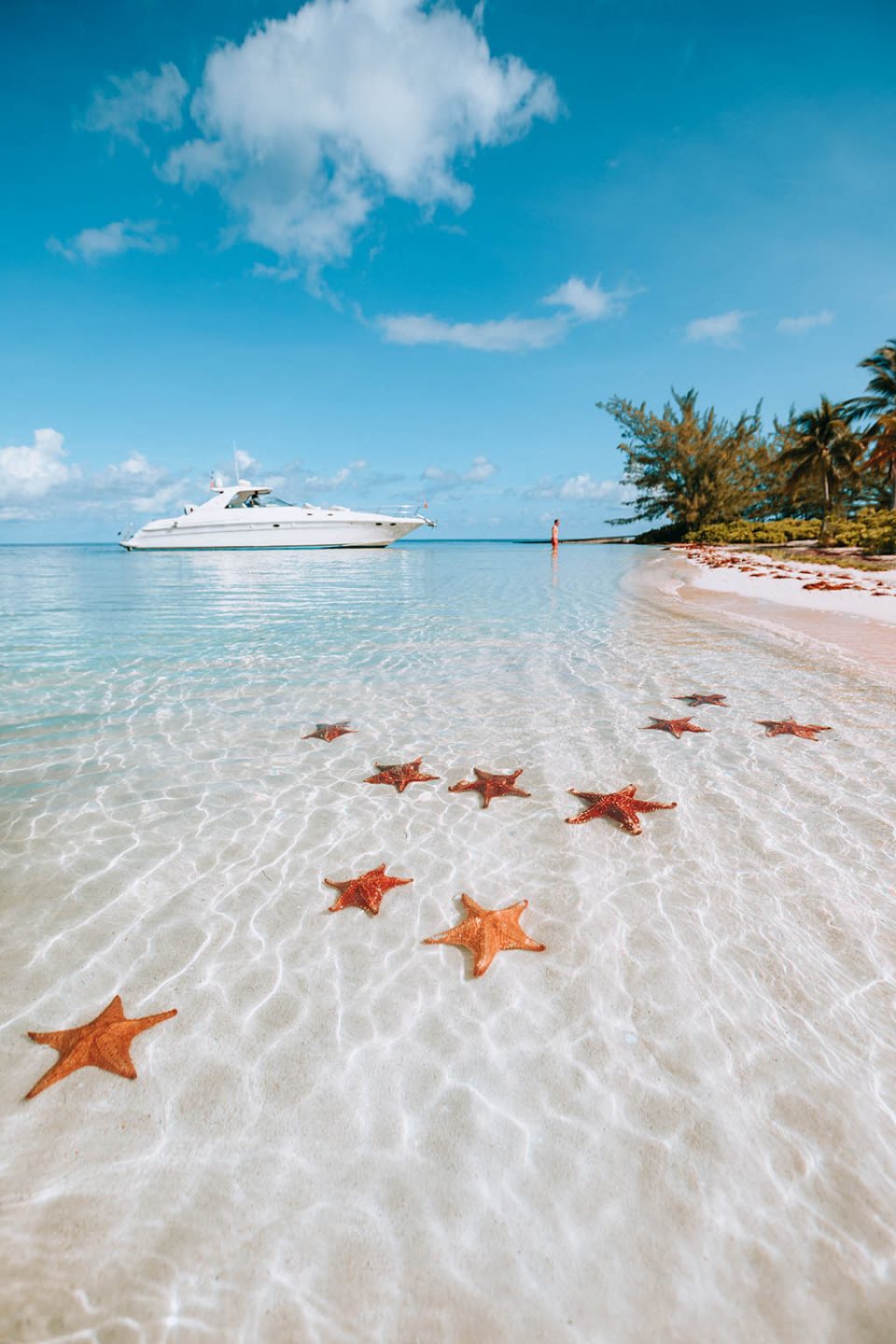Cayman’s Wild Side

Wildlife is not only close to Caymanian hearts, it plays a critical role in the ecosystem and natural environment of the islands. In fact, Cayman originally got its name from its impressive population of turtles which, on discovering these islands in 1503, prompted Christopher Columbus to call them ‘Las Tortugas’. Green and Loggerhead turtles nest on beaches all around the islands and Hawksbill turtles can be seen in the waters while snorkelling or scuba diving. If you’re lucky, your visit may coincide with the turtle release, when you can witness conservation in action as baby turtles paddle down the beach and head into the waves.
By 1530, the name ‘Caymanas’ was being used to describe the islands, taken from the marine crocodile that was found to live here. The island’s most important resident reptile is the blue iguana, aka the Blue Dragon, because they are extremely endangered. Before humans arrived, the blue iguana, which measures up to 1.2m in length, had no predators but recently came close to extinction. Through the National Trust for the Cayman Islands’ sizeable conservation efforts, they are now a protected species and increasing in numbers. In the early 2000s there were found to be as few as 25 blue iguanas on the island, and now there are over 1,000 in the wild.
There are some 253 species of bird across the islands, with Little Cayman home to one of the largest colonies of red footed boobies in the western hemisphere. A close relative of the Atlantic gannet, these remarkable birds can fly up to 80 miles in a single day on a fishing trip, then 80 miles back home again. Other commonly-spotted birds spanning Cayman include brown boobies, tricoloured herons, common moorhen, green herons, black-necked stilts, American coots, blue-winged teals, hummingbirds, cattle egrets and, occasionally, West Indian whistling ducks.
In the middle of the North Sound on Grand Cayman, wild Southern stingrays gather in huge numbers at a place called ‘Stingray City’. Many people come to snorkel and bathe here in the warm, waist-deep water, where the friendly stingray will swim gently around your legs and like being tickled. The females are much bigger than the males, spanning up to 1.8m.

See the bananaquit bird in the QE II Botanic Park or on the Mastic Trail 
Starfish Point
There are many parrotfish in these waters. Did you know that as well as being able to change gender back and forth, they also excrete sand after munching on rock and coral, which maybe explains why Cayman boasts so many white sandy beaches.
There are strict conservation laws, especially around the marine world. As a result, Cayman has been ahead of the curve in terms of marine conservation for decades. The Central Caribbean Marine Institute (CCMI), based in Little Cayman, conducts vital reef research with the aim to better understand what can be done to improve reef resilience, and working to reverse coral decline. Diving is highly regulated and fishing restricted. There is one fish, though, which the islanders are at war with – the lionfish. This invasive species shouldn’t be in this part of the world, no one’s quite sure how it got here, but it threatens to decimate the marine ecosystem by eating unsustainable numbers of fish and damaging the reef. In addition, they have very few native predators and can lay up to 30,000 eggs in four days! In an attempt to control the situation, ‘Lionfish Safaris’ offer the public the chance to join a spearfishing expedition. Also, if you see lionfish on a restaurant menu, you’ll be doing the marine world a favour by ordering it. An added bonus is that it’s very tasty. The National Trust for the Cayman Islands run a number of educational programmes to help restaurants and customers make environmentally positive choices about the food they eat and how it’s sourced. In addition, Jean-Michel Cousteau, the son of legendary French oceanographer Jacques Cousteau, has developed the hands-on Ambassadors of the Environment Programme at the Ritz Carlton Grand Cayman to instil responsible living and respect for nature among the guests.
As well as reptile and varied marine life, Cayman is home to a wealth of flora and fauna including rare species of orchid, and there are official conservation efforts to protect the ancient dry forest, with its towering cacti, and mangroves. One of the best places to see blue iguanas, weird and wonderful plants, the national flower the Banana Orchid, and exotic butterflies is the Queen Elizabeth II Botanic Park
After visiting Cayman, British wildlife photographer Will Burrard-Lucas said of the islands: “The Cayman Islands teem with wildlife. Wherever you are, you will soon find yourself surrounded by a menagerie of birds, butterflies, lizards and other creatures. Most have no fear of humans, which makes for some wonderful, intimate encounters.”
Read more about the Cayman Islands here.